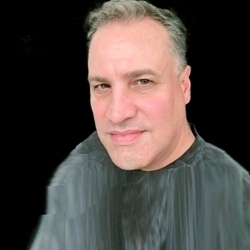We all know what brands are. But what are "megabrands"? A recent Brandweek article tackled this topic recently, and I think they did a masterful job of explaining what a megabrand is, and what it isn't.
As the article, "What Makes a Megabrand," points out, most people, if asked about what they consider to be megabrands "may think of Coke, Budweiser or Cheerios." After all, they're known world-wide, their sales are "mega" and they're brand leaders, right?
Not so fast. While brands like Coke, Budweiser and Cheerios are mega to consumers, they really don't fit the criteria to be considered mega by marketers. Reason? To be considered "megabrands", brands must have considerable equity and they must be able to transcend one category and "drive growth and efficiencies" across related product categories.
Ah, so let's think line extensions. The Brandweek article cites as megabrands:
- Crest. P&G leveraged the considerable equities of the Crest brand into many oral care categories besides toothpaste. Multiple kinds of toothpastes were added rather than new "flavors" as line extensions, as well as whitening kits and oral rinses.
- Dove. Unilever took basic Dove soap and turned it into a megabrand by adding products in numerous body and hair care categories.
- Pepperidge Farm. What used to be a bakery/cookie brand has successfully been extended into a snack and cracker brand, as well.
When you think about it, it not only sounds logical for brands to extend into multiple categories, it sounds fairly easy. . .but as we know, it doesn't always work. We've got plenty of examples of failed efforts.
- Harley Davidson. Does anyone think it made any sense for the iconic motorcycle/freedom brand to be extended into perfumes? I didn't think so either. Of course Harley gear and clothing is another matter. . .
- Coors. Spring water and the Coors brand? With so many brands synonymous with bottled water in the marketplace, would consumers think "Coors"? Apparently they didn't.
- Bic. Disposable pens. Followed by disposable razors and lighters. So far, so good. Followed by pantyhose? Major disconnect and total failure.
This all raises some questions:
- What rules do you think should be followed for brands that want to launch line extensions?
- Do extensions have to be launched in related categories to work? Or can you think of instances where that hasn't been necessary to be successful?
- Which brand extensions do you especially like and which ones don't work at all? Why, in your opinion, is this the case?
- Do you have ideas that might extend one of your favorite brands into a megabrand? If so, which one, and which categories do you think it should extend itself into?
I'd love to hear from you.




